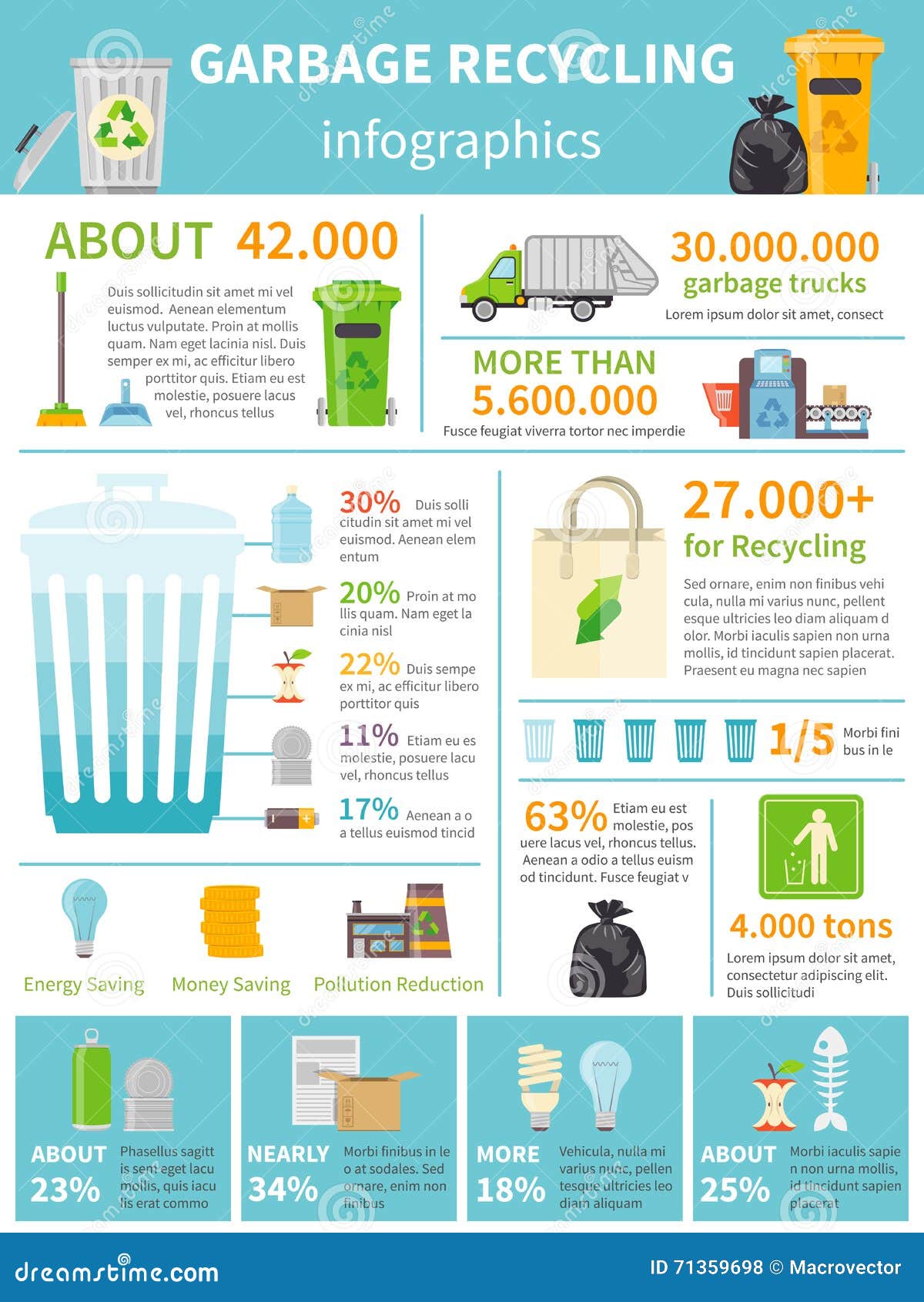Discover Just How To Select The Perfect Dumpster Dimension For Your Task To Maximize Performance And Minimize Prices With This In-Depth Overview
Discover Just How To Select The Perfect Dumpster Dimension For Your Task To Maximize Performance And Minimize Prices With This In-Depth Overview
Blog Article
Post Composed By-Hahn Rodgers
When starting a job that calls for a dumpster, the dimension you pick can substantially influence its effectiveness and cost-effectiveness. Picture having the excellent container that fits all your waste without being exceedingly big or as well tiny. It all beginnings with comprehending the subtleties of your project and choosing a dumpster size that lines up with your details demands. So, before you make a decision, think about the elements at play to guarantee a smooth waste monitoring procedure from start to finish.
Elements to Consider
When choosing the ideal dumpster dimension, there are a number of key variables to consider.
First, consider the kind of waste you'll be taking care of. Different materials may need varying quantities of space, so understanding what you'll be putting in the dumpster is vital.
Next, examine the quantity of waste you anticipate to generate. If you underestimate the volume, you might need to make numerous journeys to dispose of every little thing, which can be troublesome and expensive. On the other hand, renting out a dumpster that's also large can lead to unnecessary expenditures.
Additionally, consider the space where the dumpster will be positioned. Make certain there's enough space for the dumpster to be provided and gotten with no obstructions.
Finally, think about any kind of weight restrictions that might use. Exceeding check this site out can cause additional costs or even the rejection of service.
Dumpster Dimension Alternatives
For choosing the ideal dumpster size, it's necessary to have a mutual understanding of the available alternatives. Dumpster dimensions typically range from 10 to 40 cubic yards, with variations in between.
A 10-yard dumpster appropriates for tiny projects like a garage cleanout or a small renovation. If you're dealing with a medium-sized job such as a cooking area remodel or a basement cleanout, a 20-yard dumpster may be the ideal option.
For bigger projects like a whole-house renovation or industrial building, a 30 or 40-yard dumpster could be better to suit the volume of waste generated.
When choosing a dumpster dimension, think about the amount and sort of debris you expect to throw away. It's better to choose a somewhat larger dimension if you're uncertain to stop overfilling. Keep in mind, it's more cost-efficient to rent out a dumpster that fits your requirements as opposed to needing to order an additional one.
Matching Size to Task
Ideally matching the dumpster dimension to your job is critical for efficient waste monitoring. To establish the ideal size, consider the scope and nature of your job.
For little house cleanouts or renovations, a 10-yard dumpster may be enough. These are usually 12 feet long and can hold around 4 pickup truck lots of waste.
For roll off sizes like renovating multiple rooms or cleaning out a large estate, a 20-yard dumpster might be better. These are around 22 feet long and can hold approximately 8 pickup truck lots.
If you're tackling a significant building and construction project or business improvement, a 30-yard dumpster could be the most effective fit. These dumpsters are about 22 feet long and can fit regarding 12 pickup truck tons of debris.
Matching the dumpster size to your project ensures you have enough room for all waste products without overpaying for unused ability.
Final thought
In conclusion, selecting the appropriate dumpster dimension for your project is vital for reliable waste disposal. By taking into Recommended Web site like the type and amount of waste, space accessibility, weight limitations, and budget restraints, you can ensure you have the appropriate size dumpster for your demands. Ensure to match the size of the dumpster to the extent and nature of your job to avoid overspending on unnecessary costs.
